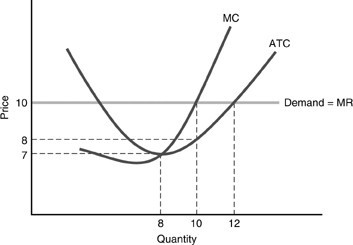Wall Street bankers opposed the Second Bank of the United States. Their opposition was based on the idea that the Second Bank
a. lent too freely to the federal government.
b. followed a monetary policy that favored stable prices even at the cost of a slower growing economy.
c. followed a monetary policy that kept interest rates too high.
d. favored Philadelphia because that was where the head office of the bank was located.
d. favored Philadelphia because that was where the head office of the bank was located.
You might also like to view...
If the Federal Reserve wants to reduce inflation from 4 percent to 3 percent permanently, how can that goal be achieved, and what impact will that have on employment in the short run and the long run? Support your answer with a graph of the Phillips
curve in the short run and the long run.
Which of the following helps explain why the aggregate demand curve slopes downward?
a. If the price level increases, the purchasing power of the fixed quantity of money decreases, causing people to buy less. b. If the price level increases, the purchasing power of the fixed quantity of money increases, causing people to buy more. c. If domestic prices increase, we substitute domestic goods for imported goods. d. If domestic prices decrease, we substitute imported goods for domestic goods.
Costs that have already been incurred, and which cannot be recovered, are known as
A) short-run fixed costs. B) implicit costs. C) unavoidable costs. D) sunk costs.
 In the above figure, what is the price the firm receives if the output is 8?
In the above figure, what is the price the firm receives if the output is 8?
A. $10 B. $7 C. $2 D. $8